Filter by
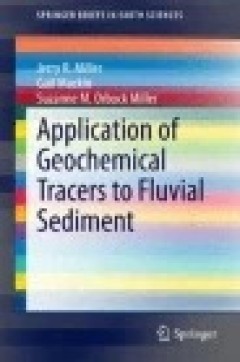
Application of Geochemical Tracers to Fluvial Sediment
This book takes an in-depth look at the theory and methods inherent in the tracing of riverine sediments. Examined tracers include multi-elemental concentration data, fallout radionuclides (e.g., 210Pb, 137Cs, 7Be), radiogenic isotopes (particularly those of Pb, Sr, and Nd), and novel (“non-traditional”) stable isotopes (e.g., Cd, Cu, Hg, and Zn), the latter of which owe their application …
- Edition
- Ed. 1
- ISBN/ISSN
- 978-3-319-13221-1
- Collation
- X, 142
- Series Title
- SpringerBriefs in Earth Sciences
- Call Number
- 551.35 MIL a
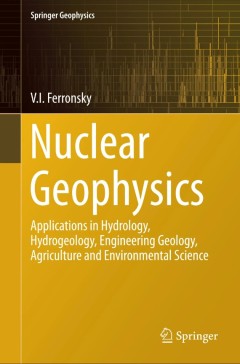
Nuclear Geophysics
The fundamentals of methods in nuclear geophysics and their practical applications in engineering geology, hydrology, hydrogeology, agriculture and environmental science are discussed in this book. The methods and apparatus based on absorption and scattering of gamma and neutron radiation for determination of density and soil moisture in natural conditions are presented in Chapters 2, 3, and …
- Edition
- 1
- ISBN/ISSN
- 978-3-319-12451-3
- Collation
- -
- Series Title
- Springer Geophysics
- Call Number
- -
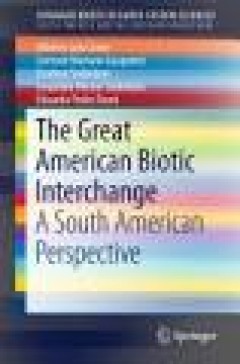
The Great American Biotic Interchange
South American ecosystems suffered one of the greatest biogeographical events, after the establishment of the Panamian land bridge, called the “Great American Biotic Interchange” (GABI). This refers to the exchange, in several phases, of land mammals between the Americas; this event started during the late Miocene with the appearance of the Holartic Procyonidae (Huayquerian Age) in South Am…
- Edition
- 1
- ISBN/ISSN
- 978-94-017-9792-4
- Collation
- X, 97, 2 b/w illustrations, 28 illustrations in colour
- Series Title
- SpringerBriefs in Earth System Sciences
- Call Number
- -

Hydrological Data Driven Modelling: A Case Study Approach
This book explores a new realm in data-based modeling with applications to hydrology. Pursuing a case study approach, it presents a rigorous evaluation of state-of-the-art input selection methods on the basis of detailed and comprehensive experimentation and comparative studies that employ emerging hybrid techniques for modeling and analysis. Advanced computing offers a range of new options for…
- Edition
- -
- ISBN/ISSN
- 978-3-319-09234-8
- Collation
- XV, 250
- Series Title
- -
- Call Number
- 550 HYD

Hydrogeological and Environmental Investigations in Karst Systems
WATER RESOURCES AND ENVIRONMENT provides a detailed introduction to the full range of advanced, multidisciplinary techniques used in the study of water resources from understanding individual aquifers to the protection and management of water in a sustainable way, compatible with the preservation of the environment. Based on a masters course from UNESCO’s International Hydrological Program, t…
- Edition
- -
- ISBN/ISSN
- 978-3-642-17434-6
- Collation
- XXV, 638
- Series Title
- -
- Call Number
- 550 HYD
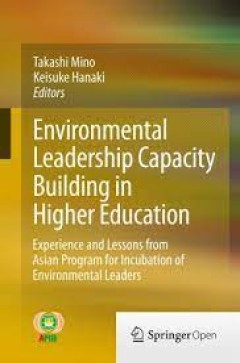
Environmental Leadership Capacity Building in Higher Education : Experience a…
he Graduate Program in Sustainability Science under the Department of Urban Engineering of The University of Tokyo has been running an environmental leadership education program at the graduate student level since 2007 called the Asian Program for Incubation of Environmental Leaders (APIEL). This book describes the University’s experiences in establishing and organizing that program and provi…
- Edition
- -
- ISBN/ISSN
- 9784431543398
- Collation
- -
- Series Title
- -
- Call Number
- 551 ENV
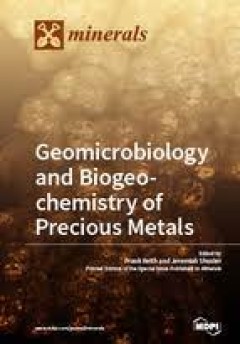
Geomicrobiology and Biogeochemistry of Precious Metals
Precious metals continue to have economic and sociocultural importance, as their usage evolves and diversifies over time. Today, the industrial application of precious metals is increasing with the development of scientific and technological innovations. Especially, the biological cycling of these metals is receiving more and more attention, as the microbiota may be key to a range of issues reg…
- Edition
- -
- ISBN/ISSN
- 978-3-03897-347-8
- Collation
- -
- Series Title
- -
- Call Number
- 551 GEO
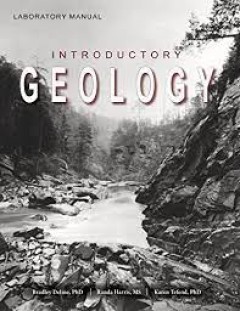
Laboratory Manual for Introductory Geology
The average introductory geology student’s perception of geology normally involves the memorization of rocks and discussions of natural disasters, but Geology contains so much more. Geology is the study of our planet, which is vital to our everyday lives from the energy we use, to the growing of the food we eat, to the foundations of the buildings we live in, to the materials that are used to…
- Edition
- -
- ISBN/ISSN
- 9781940771366
- Collation
- -
- Series Title
- -
- Call Number
- 551 DEL l
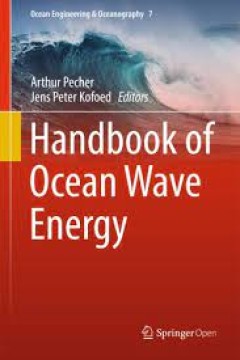
Handbook of Ocean Wave Energy
This book is open access under a CC BY-NC 2.5 license. This book offers a concise, practice-oriented reference-guide to the field of ocean wave energy. The ten chapters highlight the key rules of thumb, address all the main technical engineering aspects and describe in detail all the key aspects to be considered in the techno-economic assessment of wave energy converters. Written in an easy-to-…
- Edition
- -
- ISBN/ISSN
- 9783319398884
- Collation
- XXI, 287 halaman
- Series Title
- Ocean Engineering & Oceanography
- Call Number
- 551 HAN
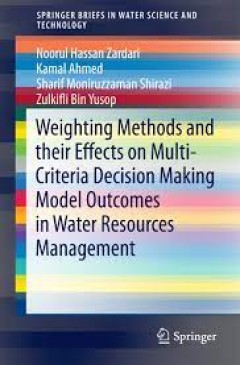
Weighting Methods and their Effects on Multi-Criteria Decision Making Model O…
This book provides a systematic way of how to make better decisions in water resources management. The applications of three weighting methods namely rating, ranking, and ratio are discussed in this book. Additionally, data mining on keywords is presented using three popular scholarly databases: Science Direct, Scopus, and SciVerse. Four abbreviated keywords (MCDM, MCDA, MCA, MADM) representing…
- Edition
- -
- ISBN/ISSN
- 978-3-319-12586-2
- Collation
- XI, 166
- Series Title
- -
- Call Number
- -
 Computer Science, Information & General Works
Computer Science, Information & General Works  Philosophy & Psychology
Philosophy & Psychology  Religion
Religion  Social Sciences
Social Sciences  Language
Language  Pure Science
Pure Science  Applied Sciences
Applied Sciences  Art & Recreation
Art & Recreation  Literature
Literature  History & Geography
History & Geography